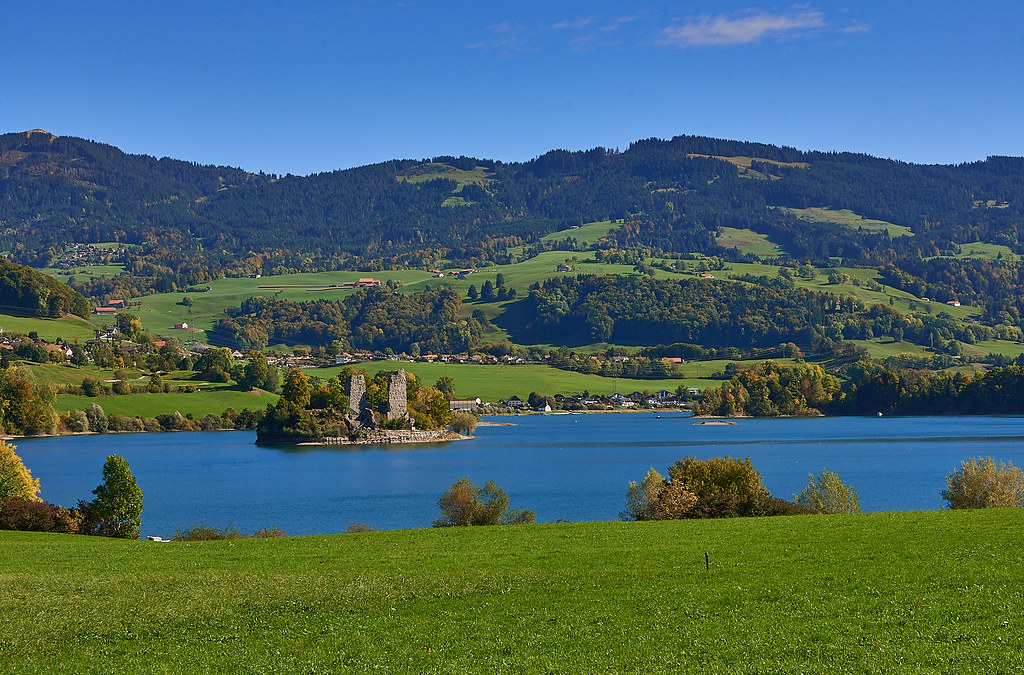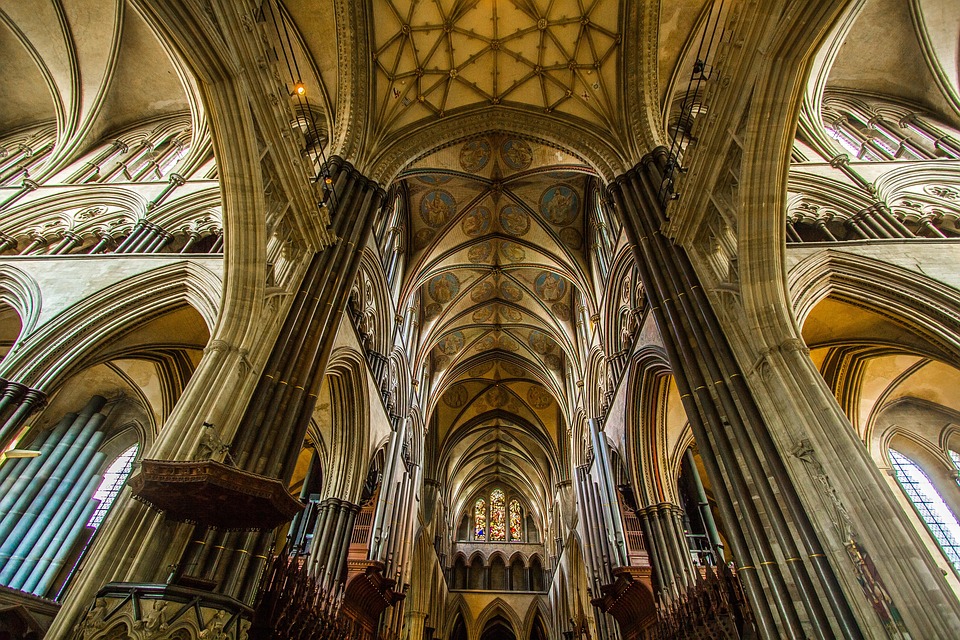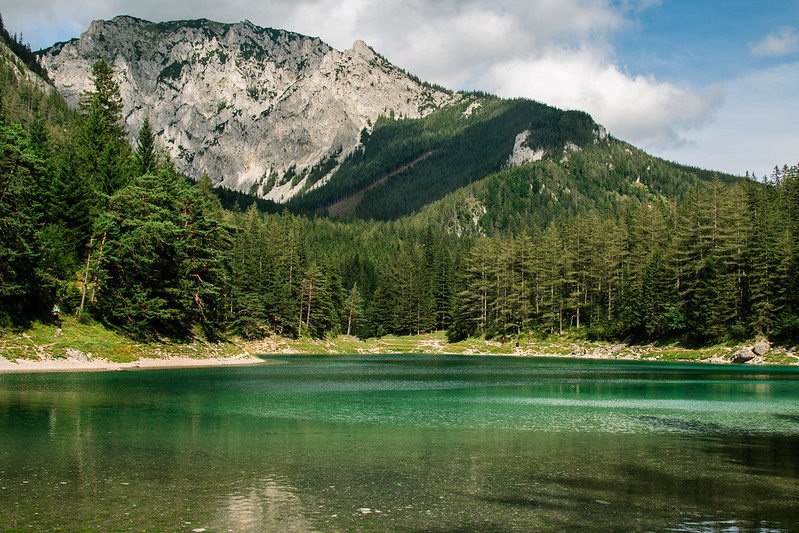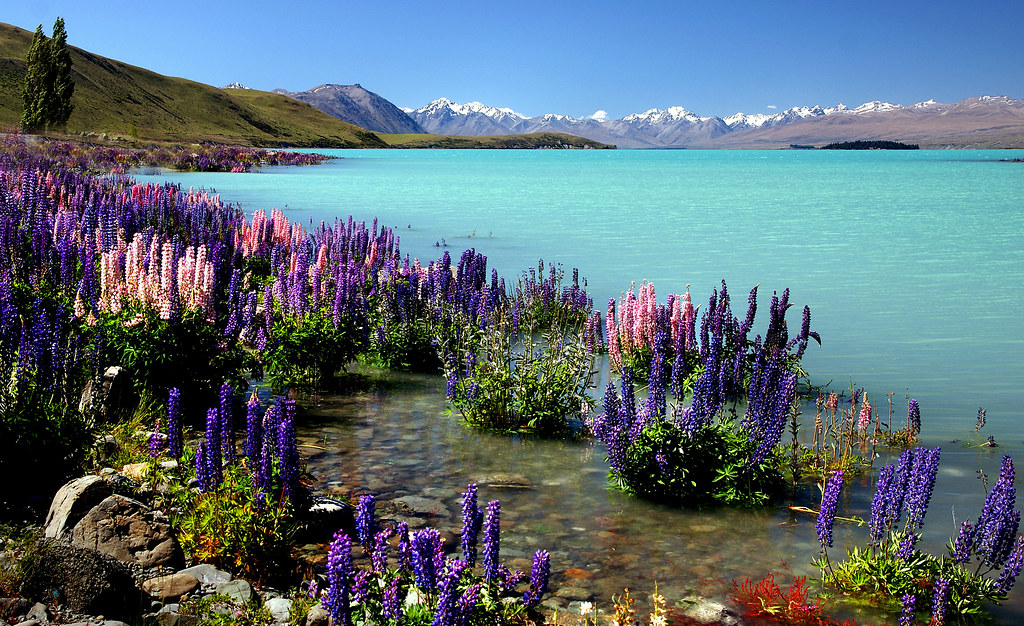When the need is pressing, the man gives up all his resources and if there is to challenge nature and its hieratic and mysterious indifference, he does not have it repeated twice.
Since our civilization has become increasingly dependent on electricity, the efforts of each community have focused on the sources of this resource, which over the years has become of vital importance. Renewables immediately proved to be the most appetizing, if only they can guarantee an almost infinite use at costs that, spread over the times of exploitation, become more than competitive.

The most effective from this point of view has proved to be water: its sliding motion, its channeling and the exploitation of the energy produced by the forced passage in pipes through special turbines have become indispensable riches for those who have the good fortune to own that resource.
And those who do not own it, or use it without being able to count on significant masses necessary for the production of electricity, strive to ensure that they are supplied. Watercourse dams have sprung up a bit everywhere, in order to preserve the water forever to be channeled and transformed into vital energy flows.
This is where human ingenuity has overwhelmed the random distribution operated by Mother Nature, distorting landscapes and transforming countryside or pleasant valleys into sunny lakes. Often these transformations have not been at zero cost for the inhabitants of the affected areas themselves, since the accumulation of water has ended up stealing otherwise usable or even already exploited land.

This is the case of Lake Gruyere, in Switzerland, born in 1947 between Bern and Lausanne when the local energy company decided that blocking the course of the Saane would make it possible to obtain electricity galore. The dam was built, the waters rose more and more, submerging a 13th-century town, which was then swallowed by the waves, and threatening the remains of the castle which was located on the highest point of that territory.
The level stabilized and today what is commonly known as the island of Ogoz has become one of the most popular tourist attractions in the area. It was not an island, but it has become and its castle seems to have been built specifically in that place to be able to enjoy greater protection and a location of extraordinary landscape effect.

It is no coincidence that more and more couples have expressed the desire to get married right there and that the local community has organized itself to meet these requests.
The island enjoys the particularity of being reachable on foot only when the water level drops for natural or industrial reasons. Otherwise, the two mighty towers and the chapel used for weddings can be visited on board the tourist boats that perform this service on the lake every day in the summer.

Many commentators believe that it is the most beautiful island in Switzerland and in fact, the glance, when you arrive on the banks of the Gruyere, is one that takes your breath away.
In the clash between man and nature, this time something beautiful came out.



















